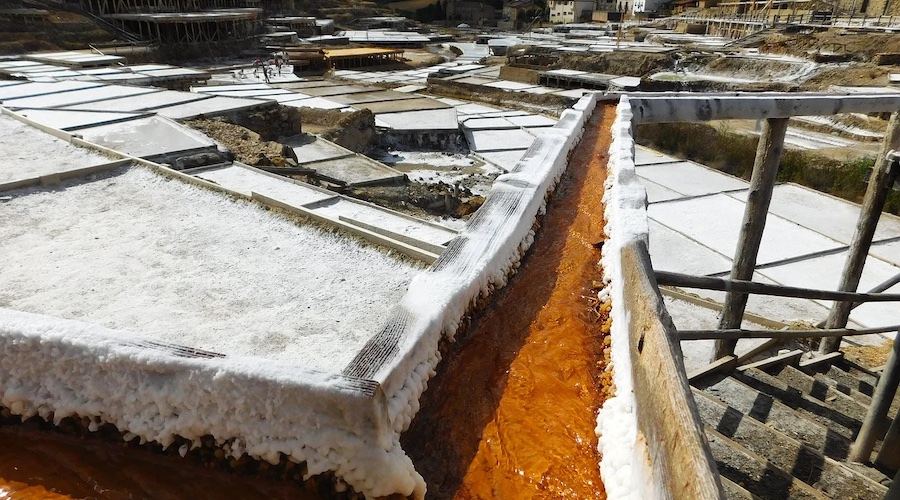
“It’s clear that salt pollution in freshwater lakes, streams, and wetlands, even when constrained to levels specifically chosen to protect the environment, threatens the biodiversity and overall function of freshwater ecosystems. This is a global problem that has the potential to impact ecosystems and human health,” Rick Relyea, co-author of the paper, said in a media statement.
According to Relyea and his colleagues, increasing salt levels threaten zooplankton, a critical food resource for young fish, and changes caused by rising salinity could alter nutrient cycling, water quality and clarity, and instigate growth and population declines in economically important fish species.
In the research group’s view, their results indicate a major threat to the biodiversity and functioning of freshwater ecosystems and the urgency for governments to reassess current threshold concentrations to protect lakes from salinization sparked by sodium chloride, one of the most common salt types leading to the salinization of freshwater lakes.
“Our study shows the ecological costs of salinization and illustrates the immediate need to reassess and reduce existing chloride thresholds and to set sound guidelines in countries where they do not exist to protect lakes from salt pollution,” said Bill Hintz, co-leader of the project.
The lowest threshold for chloride concentration in the US established by the Environmental Protection Agency is 230 milligrams of chloride per liter. In Canada, it’s 120 milligrams of chloride per liter. Throughout Europe, thresholds are generally higher.
In countries like Germany, for example, chloride concentrations between 50 and 200 milligrams per liter are classified as “slightly polluted by salts,” and concentrations between 200 and 400 milligrams per liter are classified as “moderately polluted by salts.” The drinking water guideline is 250 milligrams per liter across much of Europe.
But as the study shows, negative impacts occur well below those limits. At nearly three-quarters of the 16 study sites, chloride concentration thresholds that caused a more than 50% reduction in zooplankton were at or below the governments’ established chloride thresholds. This loss of zooplankton triggered a cascading effect causing an increase in phytoplankton biomass, or microscopic freshwater algae, at almost half of the study sites.
“More algae in the water could lead to a reduction in water clarity, which could affect organisms living on the bottom of lakes as well,” said Shelley Arnott, co-leader of the project and the paper. “The loss of zooplankton leading to more algae has the potential to alter lake ecosystems in ways that might change the services lakes provide, namely recreational opportunities, drinking water quality, and fisheries.”
Hintz and Arnott said that many salt-contaminated lakes with chloride concentrations near or above thresholds established throughout the world might have already experienced food web shifts.
“The variability in our experimental results demonstrate how new thresholds should integrate the susceptibility of ecological communities at the local and regional scale,” Hintz said.
For the researchers, solutions also include finding ways to strike a careful balance between human use of salt responsible for freshwater salinization with ecological impacts.




